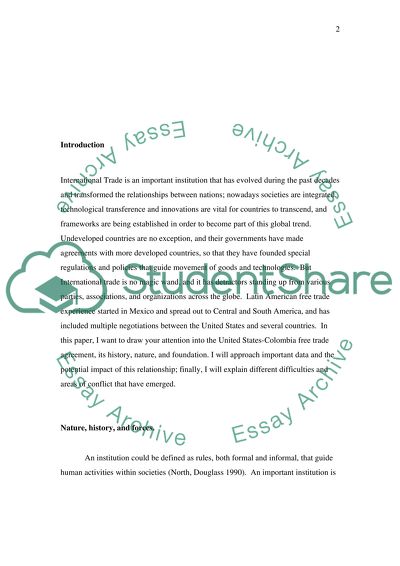Cite this document
(From the Andean Trade Preference Act (ATPA) to Free Trade Agreement Case Study, n.d.)
From the Andean Trade Preference Act (ATPA) to Free Trade Agreement Case Study. Retrieved from https://studentshare.org/macro-microeconomics/1548594-not-specified-yet-according-to-the-topic-chosen-by-the-writer
From the Andean Trade Preference Act (ATPA) to Free Trade Agreement Case Study. Retrieved from https://studentshare.org/macro-microeconomics/1548594-not-specified-yet-according-to-the-topic-chosen-by-the-writer
(From the Andean Trade Preference Act (ATPA) to Free Trade Agreement Case Study)
From the Andean Trade Preference Act (ATPA) to Free Trade Agreement Case Study. https://studentshare.org/macro-microeconomics/1548594-not-specified-yet-according-to-the-topic-chosen-by-the-writer.
From the Andean Trade Preference Act (ATPA) to Free Trade Agreement Case Study. https://studentshare.org/macro-microeconomics/1548594-not-specified-yet-according-to-the-topic-chosen-by-the-writer.
“From the Andean Trade Preference Act (ATPA) to Free Trade Agreement Case Study”, n.d. https://studentshare.org/macro-microeconomics/1548594-not-specified-yet-according-to-the-topic-chosen-by-the-writer.


